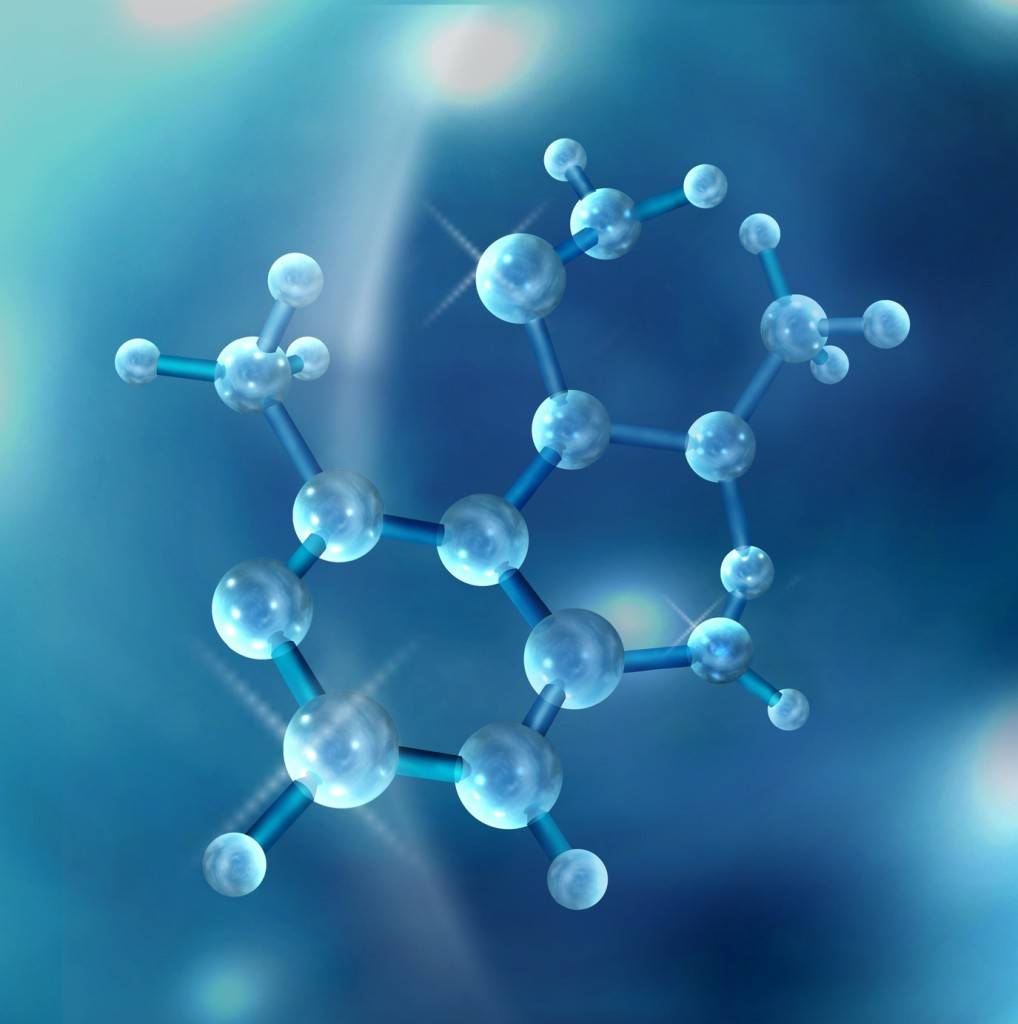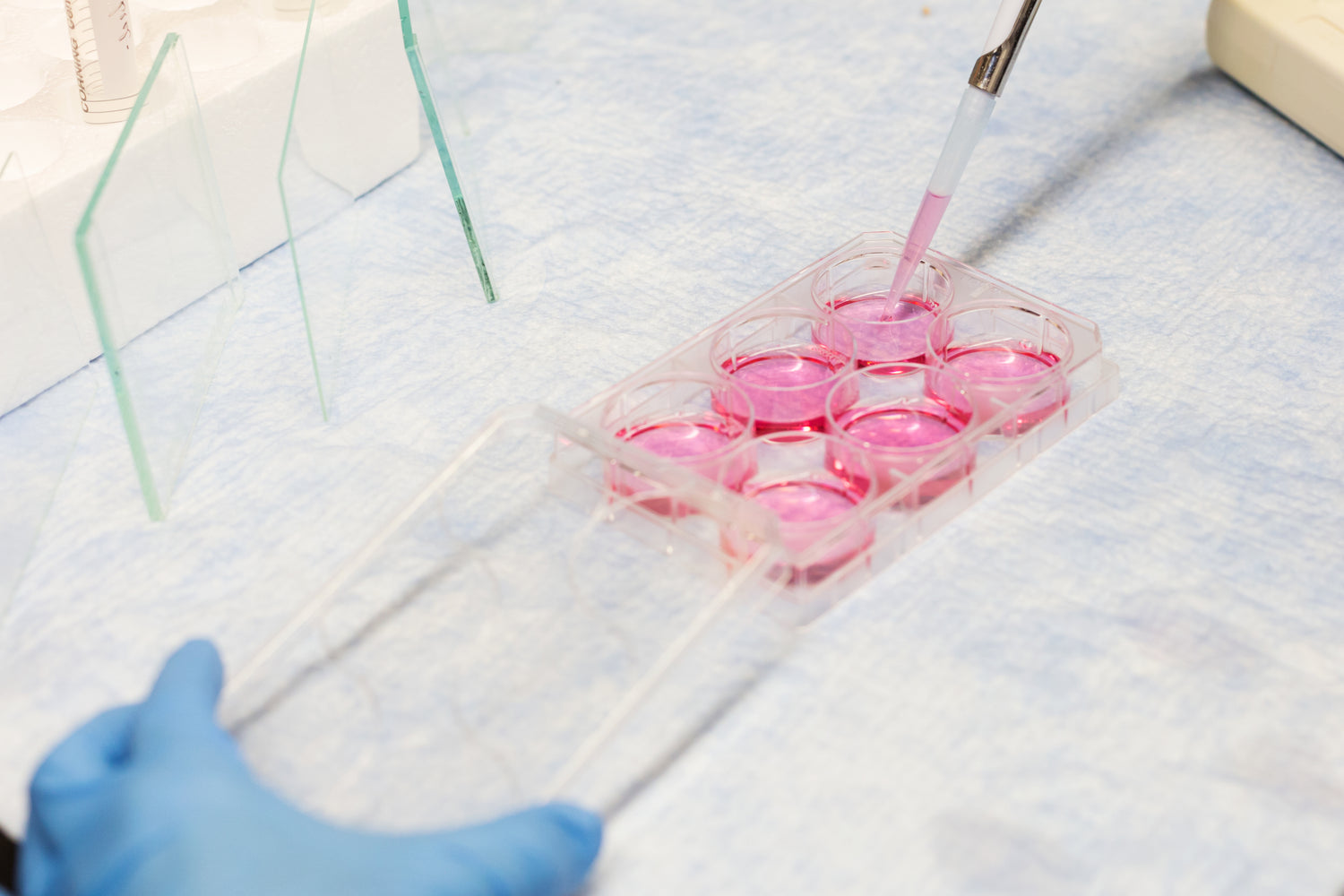Transparent ceramics, due to their excellent optical, mechanical, and high-temperature resistance, are widely used in high-end fields such as lasers, optical communications, and aerospace. However, the preparation of high-performance transparent ceramics is challenging, and slurry dispersion quality is crucial. Ultrasonic dispersion technology is a key method for preparing transparent ceramic slurries.
When ultrasonic waves propagate through liquids, they produce cavitation and mechanical vibration, which facilitate slurry dispersion. I will first briefly explain the mechanism of the cavitation effect and then summarize the role of mechanical vibration to simplify the description.
The cavitation and mechanical vibration generated by ultrasonic waves propagating through liquids are key to slurry dispersion. Under the cavitation effect, ultrasonic waves propagate to form alternating compression and rarefaction zones. Cavitation bubbles generated in the rarefaction zones collapse rapidly during the compression phase, generating instantaneous shock waves and microjets that break up particle agglomerates. Simultaneously, the mechanical vibrations of the ultrasonic waves drive the liquid medium into periodic motion, promoting particle collisions and friction, further promoting the breakup of agglomerates and improving slurry dispersion uniformity.
Effect of Ultrasonic Dispersion on the Properties of Transparent Ceramic Slurries
Particle Size Distribution:
The effectiveness of ultrasonic dispersion directly affects the particle size distribution of transparent ceramic slurries. When ultrasonic dispersion is effective, particle agglomerates in the slurry are fully broken down, resulting in a more uniform particle size distribution. This uniform particle size distribution helps reduce porosity and defects during the subsequent molding and sintering processes, improving the density and optical properties of the transparent ceramic. Experimental studies have shown that after ultrasonic dispersion treatment with appropriate parameters, the particle size distribution range of the particles in the transparent ceramic slurry is significantly narrowed, and the number of large particle agglomerates is significantly reduced.
Viscosity:
The viscosity of the slurry is a key parameter affecting its molding performance. Ultrasonic dispersion can effectively reduce the viscosity of transparent ceramic slurries. This is because ultrasonic dispersion breaks up the agglomerates between particles, reduces the interaction forces between particles, and improves the fluidity of the slurry. A moderate viscosity facilitates filling and leveling of the slurry during the molding process, ensuring the uniformity and integrity of the formed body.
Stability:
The stability of transparent ceramic slurries is crucial for subsequent storage and processing. Ultrasonic dispersion treatment evenly disperses the particles, enhancing the repulsive forces between particles and effectively preventing reagglomeration and sedimentation, thereby improving the slurry's stability. Experimental data shows that ultrasonic dispersion significantly reduces the sedimentation rate of transparent ceramic slurries, allowing them to maintain stability for extended periods.
Ultrasonic dispersion technology offers significant advantages in the preparation of transparent ceramic slurries, improving dispersion quality and ceramic properties. With the continuous advancement of technology, ultrasonic dispersion technology will continue to be refined and optimized. On the one hand, by deeply studying the mechanisms of ultrasonic dispersion and further optimizing ultrasonic parameters, the stability and reliability of the dispersion effect will be enhanced. On the other hand, ultrasonic dispersion technology can be combined with other dispersion technologies to create synergistic effects to meet the preparation needs of different types of transparent ceramic slurries.
We believe that ultrasonic dispersion technology will play an even more important role in the preparation of transparent ceramic slurries in the near future, providing strong technical support for the research, development, and production of high-performance transparent ceramics.








